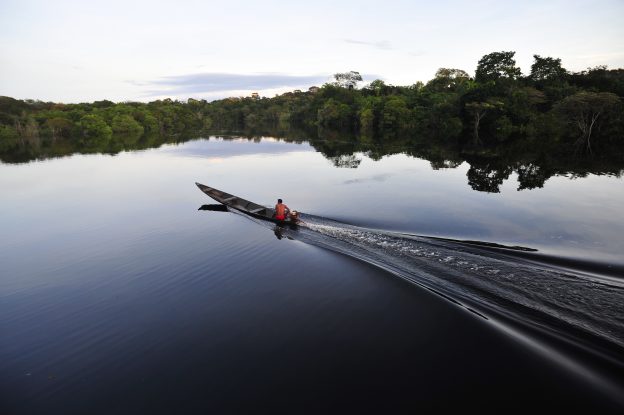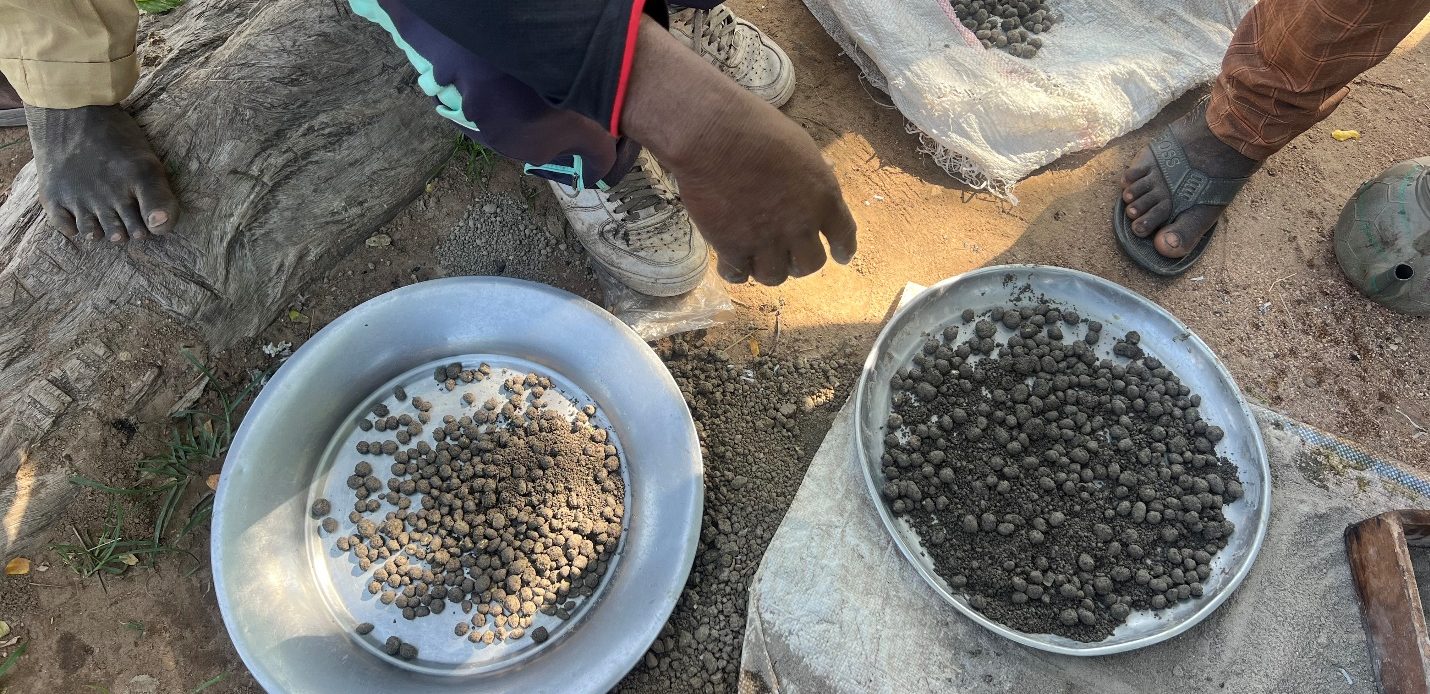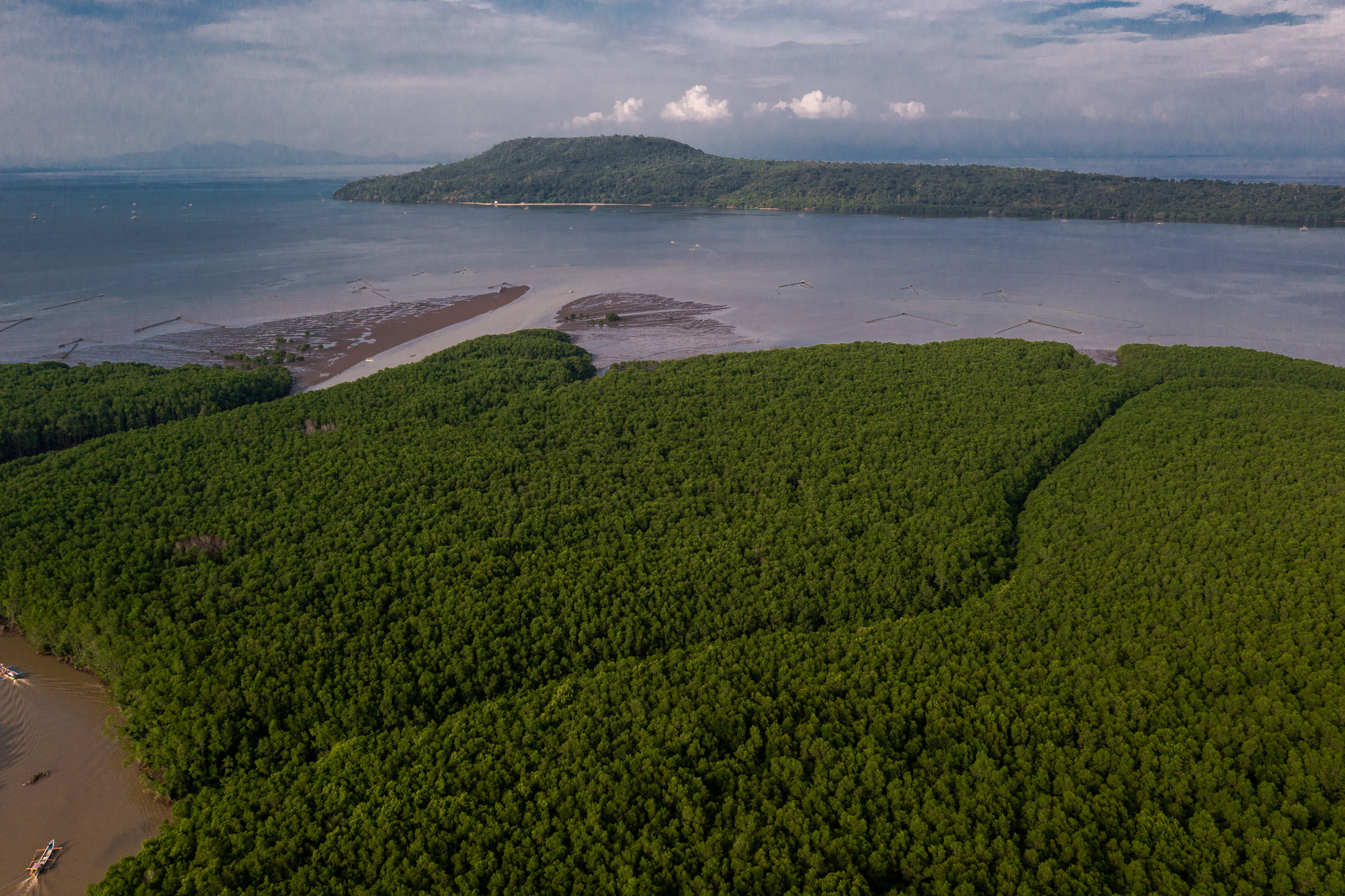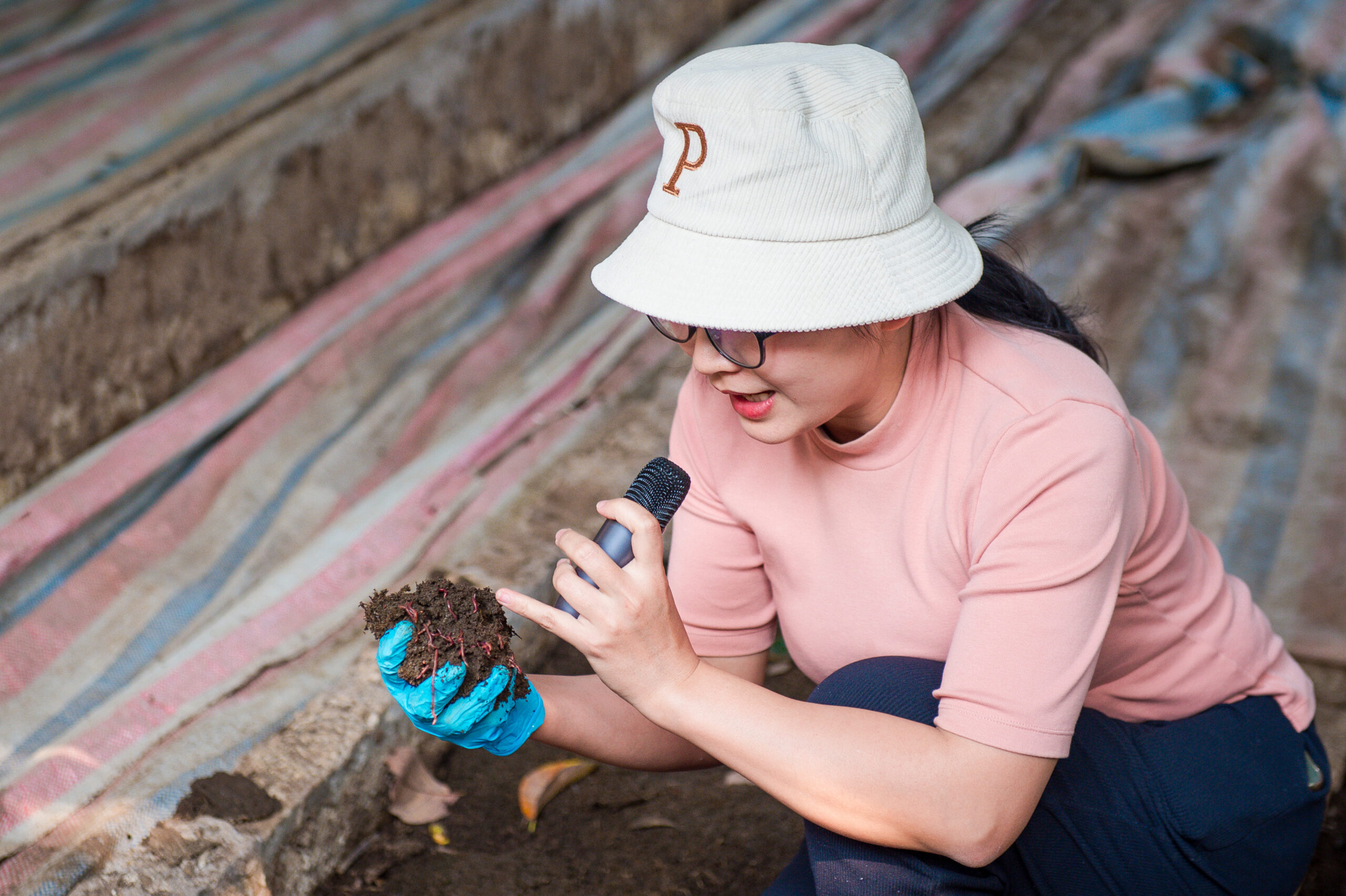In the semi-arid plains of Northern Cameroon, every seed sown is a wager against the weather. Erratic rains, depleted soils and mounting climate pressure have turned planting into an act of hope ‚ÄĒ and often, loss and disappointment.¬†
But a simple, low-cost innovation is shifting the odds: seedballs. 
‚ÄúIn Northern Cameroon, the rainy season is often short and unpredictable. Rains come late, may stop mid-season and often end early,‚ÄĚ explained Kabirou Mohammadou, a climate scientist with the Improving climate change resilience in Northern Cameroon (INNOVACC) project. ‚ÄúThis makes it difficult for farmers to achieve even minimum yields.‚Ä̬†
One of the biggest hurdles,Kabirou added, is that seeds often fail to germinate before conditions cut short their chance to sprout.“We¬†sought to bring in an innovation that would¬†allow farmers to secure at least some expected¬†production, even in these hardships ‚ÄĒ and we thought of seedballs,” he concluded
Understanding the basics: What are seedballs, how are they produced and used? 
Seedballs are small spheres of clay, organic matter, and seeds, designed to protect seeds and improve germination in difficult conditions. They shield seeds from birds, drought and pests, giving them a stronger chance to sprout when the rains come.  
In Northern Cameroon, the coating mix typically includes clay, compost or manure, ash, and a herbal infusion (from neem and kele leaves), which provides a sticky texture and natural pest resistance. 
To prepare the balls, the seeds ‚ÄĒwhether agricultural or silvicultural ‚ÄĒ are poured into a container, preferably a bucket, before the ingredients are added. The dry ingredients are added first, followed by the wet ones, primarily water. The mixture is then stirred in a circular motion until all the seeds are well-coated. Once coated, the seeds are left to dry in the shade for¬†24 to 48 hours before sowing. Demonstration of how to make seedballs in northern Cameroon during an INNOVACC training session.
After drying, the seedballs are ready to be taken to the fields. Planting requires no digging: farmers simply scatter them across the desired surface.
“In our search for solutions, we realized that this technique would be perfectly suited to the region’s rainfall patterns, as it allows farmers to avoid replanting,” commented Kabirou.¬†
From trials to fields
The project began its first trials¬†in the village of Gambour, one of the six climate-smart villages, using acacia seeds ‚ÄĒ a hardy, drought-tolerant species.¬†
‚ÄúWe didn‚Äôt even have to dig,‚ÄĚ Kabirou recalled. ‚ÄúWe broadcasted the seedballs in rows. A few weeks later, germination had started ‚ÄĒ without replanting.‚Ä̬†
Encouraged by this success, the team expanded to a second trial in the village of Tolloré, this time using maize. Community members gathered around the researchers to learn and replicate the technique on their own farms. Community members learn about seedballs in northern Cameroon with support from INNOVACC researchers.
¬†‚ÄúWith the climate stress these communities face daily, it’s satisfying to see that a technique so simple ‚ÄĒ and seemingly small ‚ÄĒ could spark a major shift,‚ÄĚsaid Kabirou. ‚ÄúFor us, it‚Äôs a life-saving solution.‚Ä̬†
Seedballs are now being tested more widely across INNOVACC’s project sites. By reducing seed loss, cutting the need for repeated sowing and helping crops establish more reliably, the technique offers farmers a way to adapt with minimal cost. 
In a region where the climate often feels like an adversary, seedballs carry a powerful promise: resilience, one seed at a time. 
Acknowledgement 
This research was conducted as part of INNOVACC (Innovation for Adaptation to Climate Change), a multi-partner project implemented by CIFOR-ICRAF, CIRAD, IRAD, and FONDEM. INNOVACC is being implemented in the Northern and Far North regions of Cameroon with funding from the European Union. 











